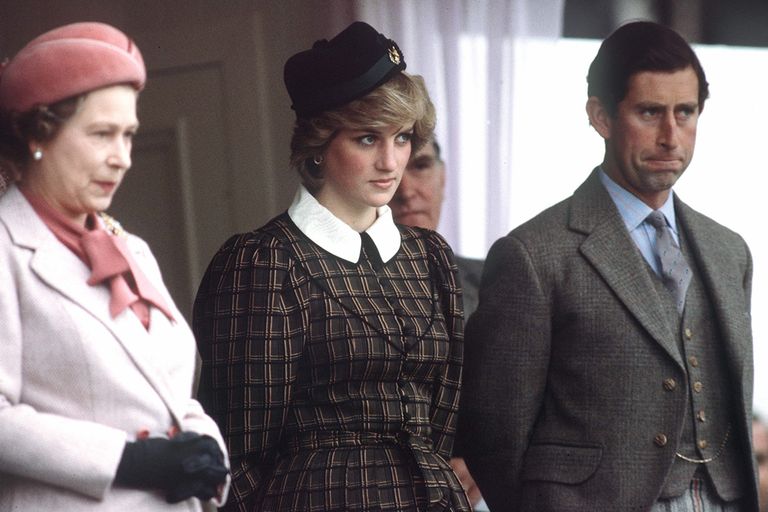Historians Pinpoint The True Origins Of The Royal Family
By Ken Macdonald
With the death of Elizabeth II and the succession of a new king, Charles III, the topic of royalty is very much on the minds of the British and people around the world. But how much do you really know about the royal family? One fascinating question is this: just how far back can the current royals trace their lineage? Well, the answer may well surprise you.
The Battle of Hastings
In fact, the current House of Windsor can legitimately trace its roots back nearly 1,000 years to 1066. That was the year of a momentous event in English history: the Battle of Hastings. Until that clash, the English ruler was Harold Godwinson, styled King Harold II. He came from an Anglo-Saxon dynasty known as the House of Wessex. In truth, poor old Harold’s time on the English throne was brief and, in the end, bloody.
An insecure king
Harold had come to the throne in January 1066. His rule was insecure from the start, since he didn’t actually have any royal blood in his veins — plus there were other claimants to the throne. The previous monarch, Edward the Confessor, died without an heir. Harold was actually Edward’s brother-in-law rather than a direct relation. Even so, he took the throne.
Three contenders for the throne
Three other men had laid claim to the English throne, but the main contender soon emerged: Duke William of Normandy. That was despite the fact his position was scarcely less tenuous than Harold’s, since he was merely Edward the Confessor’s first cousin once removed. But back in those days, what often counted most was force of arms. William raised an army in France and sailed across the English Channel.
End of the line
Harold had only been on the throne for nine months when he faced his nemesis at the Battle of Hastings on England’s south coast. William’s army emerged as victors, and Harold was killed during the fighting after being hit in the eye by a Norman arrow. It was the end of the line of Anglo-Saxon monarchs and the beginning of the Norman era, with William the Conqueror as king.
